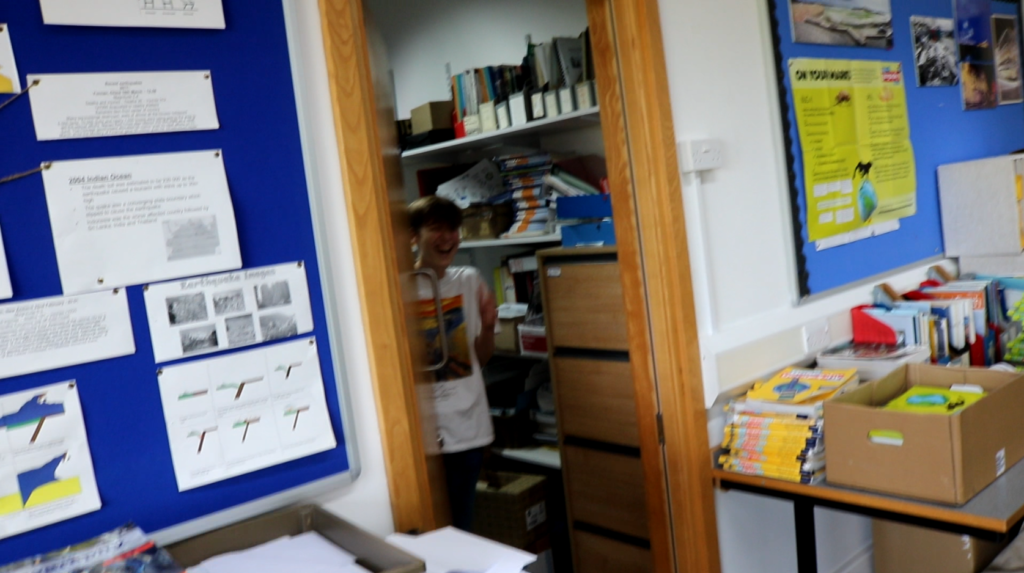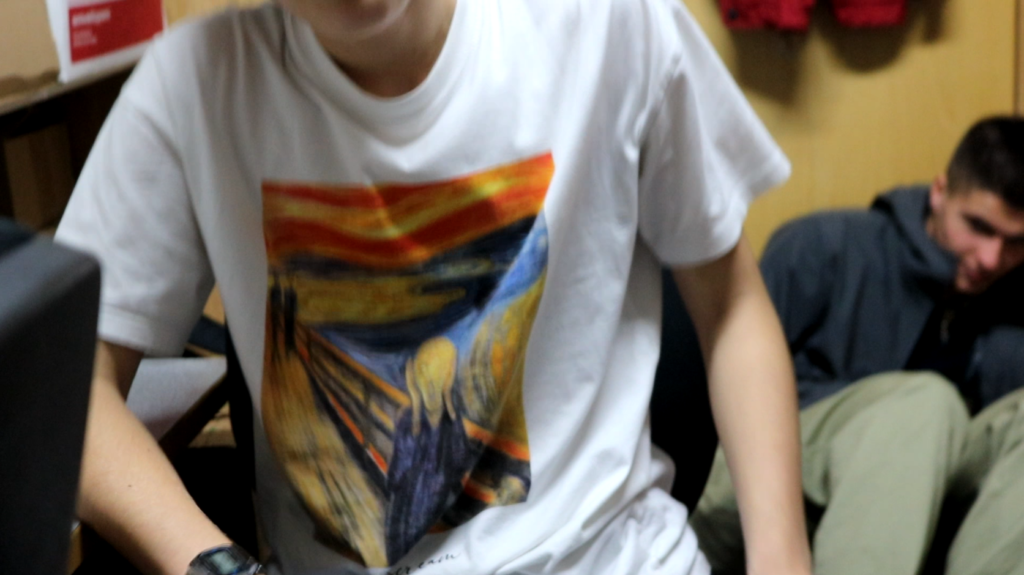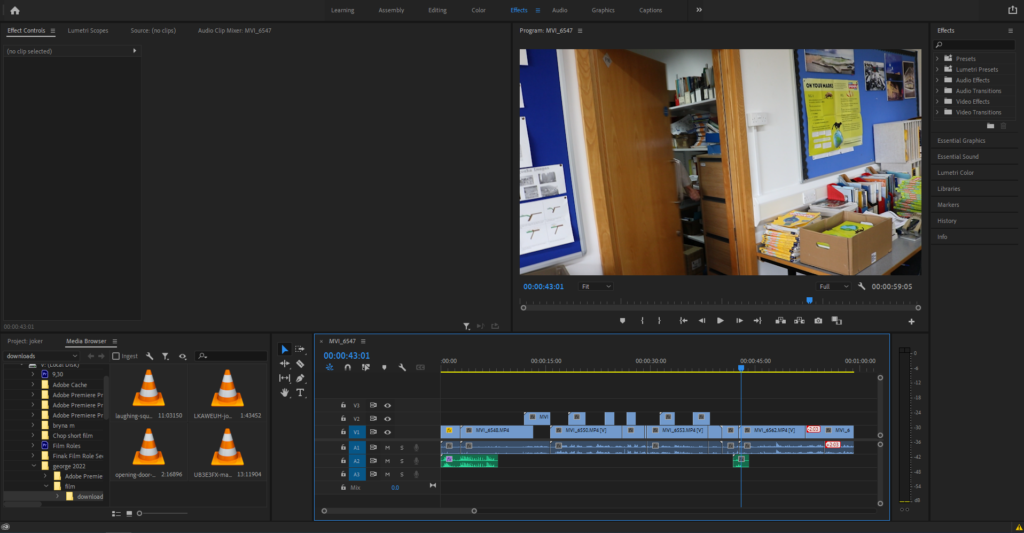Our Joker project was our first insight on how film production is done, with each different element being just as important as another.

As we didn’t have access to a Steadicam, it was a lot harder to shoot stable shots that didn’t have motion blur and we had to use things such as shelves to support the camera, and reshooting made it more awkward to get a similar angle that we wanted.

With the acting, it was a common occurrence for someone to laugh or something to go wrong, such as another member of our group being in the scene by mistake, so reshooting was often needed for each scene. There were also continuity errors such as clothing which made it harder to do reshoots, therefore we tried to get all of it done within one hour, and had a few errors that we couldn’t fix because of this.

Shots would also end up not focusing properly because of the camera’s lens, so it became a struggle to find the right distance to where we could focus on the actors, but still get the shots that we wanted.

When we started editing, it was also a struggle to hear specific parts of shots, as we didn’t have our actors hooked up with microphones. When filming, we tried using a recording on our phones using AirPods as microphones, but it wasn’t very successful and became time-consuming. In the final shoots, the dialogue is clearer and works pretty well, aside from one or two clips cutting awkwardly, however, certain sound effects such as the door opening and closing or the Joker’s laugh were amplified using sound effects found on the internet.

For our next filming project, it would be smarter to have a fixed wardrobe to make it easier to reshoot, and to take multiple renditions of each shot, at least two of each – which gives us less chance of error. Overall though, I do like how our projects turned out, and think they make for a good start.